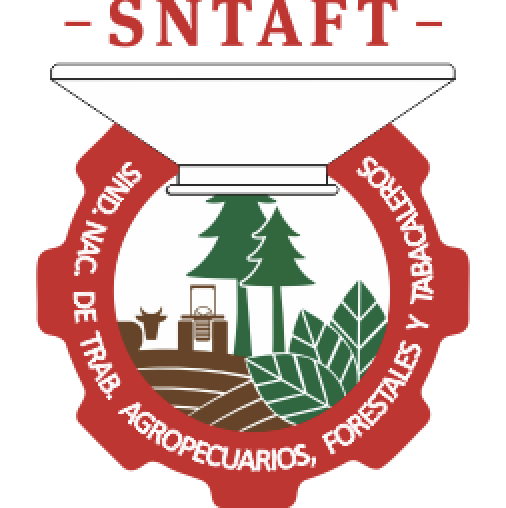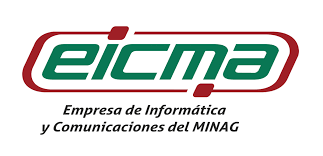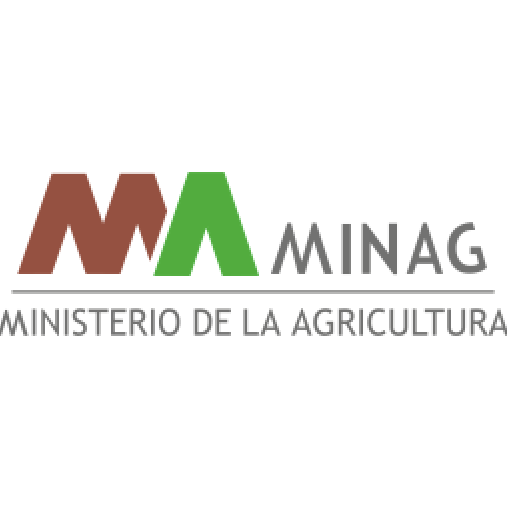GAF
They analyze implementation of measures to boost the agricultural sector in Cuba
Of the 311 actions planned to date for the implementation of the 61 measures approved to boost the agricultural sector, 114 have been completed, 196 are in process and there is one unfulfilled, explained the Director of Organization, Planning and Information of the Ministry of Agriculture , MSc. Armando Miralles Calvo, during a videoconference with the members of the Agri-Food Commission of the National Assembly of People's Power (ANPP).
He added that the full implementation of this policy involves 658 actions, which are monitored by seven Working Groups of experts, academics and scientists, specifies the website of the Ministry of Agriculture. According to the published information, the Structure Working Group, for example, notifies that the proposal of bases for the design and operation of the municipal Agroindustrial Business System and the improvement of the business system was made, which in the next few days will be submitted for consultation by provincial and municipal governments. The Financing and Investment Group informs of the approval of Resolution 173 of the Central Bank of Cuba, for the granting of working capital and investment credits, which offers financing of 50% of bank interest for both loan modalities and the Agricultural Development and Promotion Fund was created, with priority for fundamental productions. The Productive Programs Group affirms that it is working on the 18 programs and 250 actions of this group of measures and that the Marketing Policy (Decree 35/2021) was approved, which implies profound transformations and the elimination of obstacles and restrictions. Likewise, it notified about the favorable impact on producers due to the implementation of Resolutions 139 and 140, on bovine meat and milk, although there are several aspects on milk that must be rectified or resolved. On the other hand, the measures to make the labor and wage relationship of agricultural workers more flexible are in the final approval process by the labor groups. These measures imply the recognition of the agricultural group in the Companies as a management center, whose profits are mainly for the benefit of the group and a part for the Company (85% - 15%), which makes the workers feel like owners . The Grupo Cooperativas Agropecuarias explains that, in the diagnosis made to these entities, it was proposed to dissolve 216 cooperatives and merge 96, increasing the number of those that remain to 586 cooperatives and that the records of this process are in advanced stages. Likewise, the proposal of 14 integrated solutions was made to strengthen and consolidate agricultural cooperatives, the more than 3,000 cooperatives that present an unfavorable economic situation prepared their integrated task plan to get out of the productive economic situation in which they are. Main deficiencies detected during implementation According to the Report, from September 12 to 18, directors of the Ministry and the Business Groups of Agriculture visited 13 provinces and all municipalities, to exchange and verify compliance with the implementation of the 63 measures with producers, whose The main results are that a motivational environment is appreciated in the producers and they express that the measures have been timely. However, there was also evidence of a lack of knowledge and application of the measures at the base, the need to expand the mechanisms to return foreign exchange to producers; the importance of reviewing the price of the fuel that they have to buy at the retail price as there are no allowances, which makes some productions such as beans, corn and rice, among others, irrepressible; and the insufficient network of inputs in MLC as well as the little diversity of offers. It is also a challenge to solve the set of problems with the sale of milk and its derivatives, in which the price is the main concern. Regarding the commercialization, indicates the Minag, it was reported that the contracting and prices committees of the provinces and municipalities were carried out with local analyzes; prices are established in provinces and municipalities; the marketing network is identified; there is a greater presence of products in the markets, an offer with a greater variety and a presence of benefited, processed and industrialized products. A program of resuscitation of the markets and points of sale is also implemented, and work is being done on the categorization of new types of markets in those that meet the requirements, among other actions. A retail marketing network has been identified made up of 9,013 markets and points of sale, of which 1,636 (18%) are managed by state-owned companies, 2,144 (24%) are part of urban, suburban and rural agriculture. Three thousand 319 (37%) are managed by productive forms and producers, while there are thousand 232 (14%) whose management is carried out by TCP and CNA. Regarding the categorization of new type markets, 287 have been planned for this year, of which 67 (23%) are currently declared.




